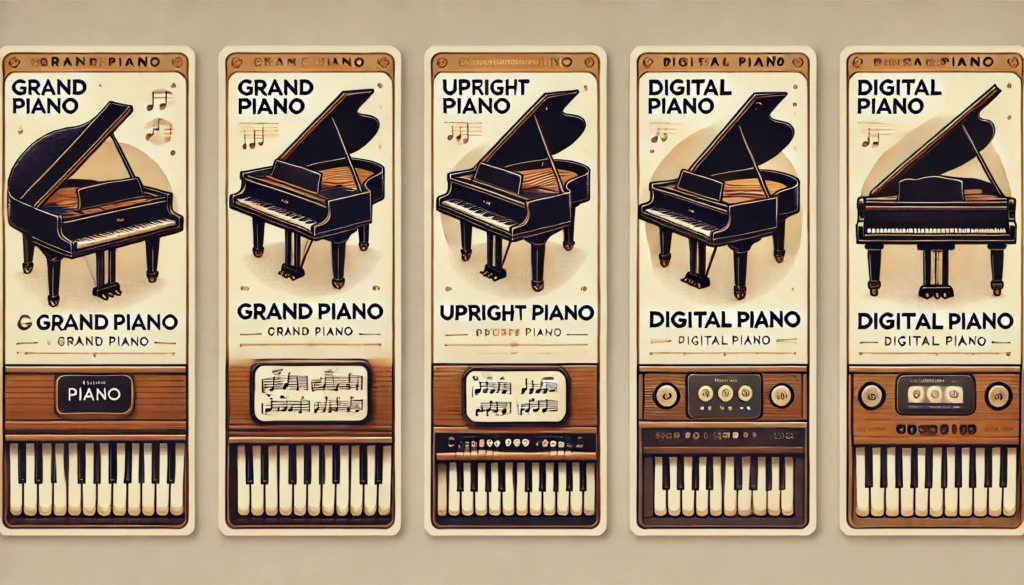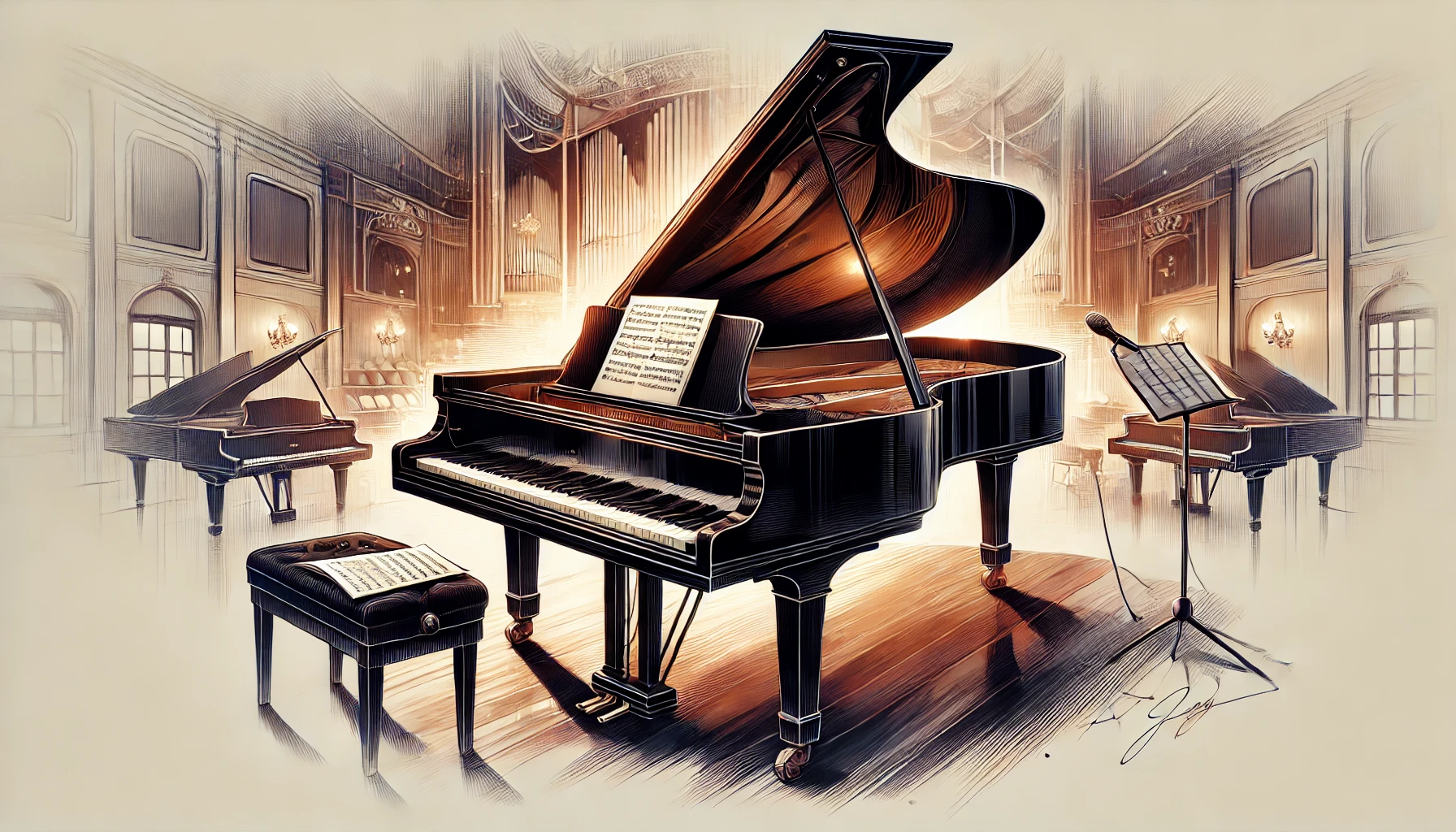Introduction
The piano has long been cherished as one of the most versatile and expressive musical instruments. Its impact spans centuries, influencing countless musical genres—from classical compositions to jazz, pop, and modern music. This blog explores the piano’s history, anatomy, types, and importance in both musical and cultural landscapes.
1. A Brief History of the Piano
The modern piano can trace its origins back to the early 18th century. Invented by Bartolomeo Cristofori in Italy around 1700, the piano was originally called the gravicembalo col piano e forte, meaning a harpsichord with soft and loud dynamics. This ability to vary volume, based on how forcefully a key is struck, was revolutionary at the time.
Evolution of the Instrument
Cristofori’s Early Models: His early pianos used hammers to strike strings, unlike the plucking mechanism in harpsichords.
Development in the Classical Era: By the late 18th century, composers like Mozart and Haydn embraced the piano, and the instrument evolved with improvements in tone and responsiveness.
Industrial Revolution Impact: During the 19th century, advancements in metal frame construction allowed for greater string tension and volume, leading to the grand pianos we know today. Composers like Beethoven were instrumental in pushing the limits of the piano.
2. How the Piano Works: The Anatomy
A piano consists of several essential components, working together to produce sound:
Keys: When pressed, these trigger hammers inside the piano.
Hammers: Striking the strings, these hammers vary the sound’s intensity based on how hard the key is played.
Strings: Made from steel, these strings vibrate to produce sound.
Soundboard: This large wooden board amplifies the sound created by the vibrating strings.
Pedals: Most pianos have two or three pedals. The sustain pedal prolongs notes, while the soft pedal mutes the sound slightly.
3. Types of Pianos

1. Grand Piano
The grand piano offers the best tonal quality and dynamic range. Used in concert halls, it features horizontal strings, allowing the hammers to return quickly, which helps with fast repetition.
Concert Grand: Typically over 9 feet long, offering unparalleled sound quality.
Baby Grand: A smaller version ideal for home settings but with excellent acoustics.
2. Upright Piano
Designed for compact spaces, the upright piano has vertically aligned strings. While not as dynamic as grand pianos, it’s perfect for homes and schools.
3. Digital Piano
A modern alternative, digital pianos replicate the sound of traditional pianos using electronic technology. They offer portability, a variety of tones, and can connect to software for recording and learning purposes.
4. The Piano’s Influence on Music Genres
Classical Music
Composers like Chopin, Liszt, and Debussy wrote extensively for the piano, showcasing its emotional range and technical possibilities. The piano became the backbone of classical music performance and composition.
Jazz and Blues
In jazz and blues, the piano is a central instrument for improvisation. Artists like Thelonious Monk, Duke Ellington, and Ray Charles popularized jazz piano, bringing complex harmonies and syncopation to life.
Pop and Rock
Many pop songs feature iconic piano riffs, from The Beatles to Elton John. Bands like Queen and artists like Adele have relied on the piano for their signature sound.
5. Learning the Piano: Benefits for All Ages
Cognitive Development in Children
Research shows that learning the piano helps improve memory, math skills, and hand-eye coordination in children. It fosters discipline, patience, and creativity.
Therapeutic Benefits
Playing the piano can serve as a form of therapy, reducing stress and promoting emotional well-being. It allows individuals to express emotions through music, offering a sense of relief and accomplishment.
Lifelong Learning
The piano is an excellent instrument for adults too, providing an opportunity to develop new skills and improve brain function, especially as a way to combat cognitive decline in older age.
6. Caring for Your Piano
Pianos require regular maintenance to remain in top condition. Tuning every 6 to 12 months ensures the strings stay at the correct tension. Additionally, pianos should be placed in areas with stable temperature and humidity to prevent wood warping and string corrosion.
7. The Future of the Piano
Digital advancements continue to reshape the piano industry. Hybrid models that combine acoustic and digital technologies are becoming popular, offering the best of both worlds. Furthermore, AI-powered learning tools are helping students master the instrument more efficiently.
8. Conclusion
The piano remains an enduring symbol of musical expression and versatility. Whether in a concert hall, jazz club, or living room, its ability to convey emotion and captivate audiences is unmatched. Learning to play the piano not only offers cognitive and emotional benefits but also provides a lifelong source of joy and inspiration. Whether you are an aspiring pianist or a casual player, the piano’s rich legacy and evolving future ensure its place in the world of music for generations to come.

